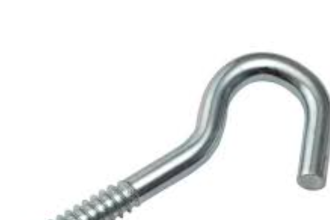Transporting vehicles to Australia involves navigating a series of legal requirements and practical considerations to ensure a smooth and compliant process. Whether you are relocating, importing a classic car, or expanding your automotive business, understanding the protocols for importing cars to Australia is essential. This guide provides a detailed checklist covering both legal and practical aspects of the import process.
Legal Requirements
The Australian Government has strict regulations in place to control the standards of vehicles entering the country. Adhering to these requirements is crucial for a successful import.
Obtain Import Approval
- Application: Before shipping your vehicle, apply for a vehicle import approval from the Australian Department of Infrastructure and Regional Development.
- Documentation: Provide necessary documents, including proof of ownership and a detailed vehicle description.
Understand Australian Design Rules (ADR)
- Compliance: Ensure the vehicle meets specific safety and environmental standards set under the Australian Design Rules.
- Modifications: Some vehicles may require modifications to comply with these standards.
Pay Attention to Quarantine Regulations
- Cleaning: Vehicles must be thoroughly cleaned to remove any soil and foreign matter before shipment to pass quarantine inspections.
- Inspection: Expect a quarantine inspection upon arrival; failing this can result in significant delays and additional costs.
Practical Considerations
Beyond the legalities, several practical matters need attention to ensure the vehicle arrives safely and is ready for use in Australia.
Choose the Right Shipping Method
- Roll-on/Roll-off (RoRo): Suitable for drivable vehicles, this method involves vehicles being driven on and off the ship.
- Container Shipping: Offers greater protection for your vehicle and is preferred for high-value or classic cars.
Arrange for Insurance
- Marine Insurance: Protects against loss or damage during transit.
- Comprehensive Coverage: Consider this for additional protection once the vehicle is in Australia.
Prepare for Customs and Taxes
- Customs Duty: Depending on the age and type of vehicle, customs duty may apply at different rates.
- Goods and Services Tax (GST): GST is payable at 10% of the value of the taxable importation.
- Luxury Car Tax (LCT): If applicable, LCT may be charged for vehicles above a certain value.
Registration and Compliance
Once your vehicle has arrived in Australia, there are several steps to follow before you can legally drive it on public roads.
Obtain Customs Clearance
- Documentation: Submit all required documents, including import approval, to customs officials.
- Release: Only after all duties and taxes are settled will your vehicle be released.
Compliance and Safety Checks
- Inspection: Get your vehicle inspected for roadworthiness and compliance with ADR.
- Modifications: Perform any necessary modifications to meet local standards.
Register the Vehicle
- State Registration: Registration requirements vary by state; contact local transportation authorities for specific details.
- Plate Issuance: Once registered, you will receive Australian license plates.
Maintenance and Upkeep
Maintaining your vehicle in a new environment requires understanding local servicing standards and finding reputable service providers.
Regular Servicing
- Local Mechanics: Find mechanics experienced with your vehicle’s make and model.
- Parts Availability: Ensure availability of spare parts for your vehicle model in Australia.
Adapting to Australian Conditions
- Driving Orientation: Adjust to left-hand driving if coming from a country with right-hand driving.
- Weather Considerations: Prepare your vehicle for local weather conditions, which can vary significantly across Australia.
Transporting a vehicle to Australia is a complex process that requires careful planning and compliance with both legal and practical requirements. By following this checklist, you can ensure that your vehicle importation process is as smooth and hassle-free as possible, allowing you to enjoy your vehicle in its new Australian home. Whether for personal use or commercial purposes, preparation is key to navigating the intricacies of vehicle importation successfully.














